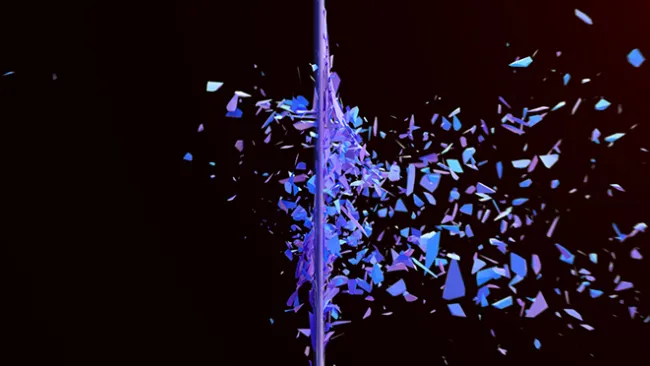Adapting to the constant acceleration of technology can be taxing, because every new technology also changes how we observe and deal with what’s going on around us. After just a few years of exposure you can easily find yourself disoriented, undecided whether to use the newest social media tool, say, or puzzled as to why all those younger than you seem to like it so much.
Accelerating technology has widened the generation gap into a generation chasm. Your son or daughter is far more different from you than you were from your own parents at their age, not just in terms of technology awareness, but in social goals, values, and expectations, as well. Every new device or bot has the potential to open doorways into new thinking, new social relationships, or new cultural mores. And the next generation, exposed to even faster change, will experience this gap even more dramatically.
Technology disorientation occurs today for two reasons:
The velocity of change has increased to the point that it is plainly visible from year to year; and we are living longer, so we are exposed to even more of it.
Significant increases in average life expectancy, coupled with lower birth rates, are rapidly changing the age mix of the U.S. population, and indeed, the whole world’s population. In 2000, 12 percent of Americans were 65 or older, but by 2030, 20 percent of us will be. And the fastest growing age segment is the 85+ group, increasing at twice the rate of the 65+ segment. By 2050, nearly 20 million Americans will be 85 or older!
For a business, there is opportunity here. If you look through a customer experience lens, what is actually happening is that older consumers experience much more friction when dealing with new technologies. What might be intuitive for someone who has grown up with a smartphone can be packed with friction for their parent or grandparent who hasn’t.
And profit can be made by eliminating friction. Rather than simply focusing on technology improvements, savvy marketers should work to “humanify” their customer experience, to ease the older consumer’s burden of friction. Introduce seamless connections with real people who can explain, coach, simplify, or just empathize with older customers.
A great example of this is the Mayday button for Amazon’s Kindle. If you’re experienced and already comfortable using tablets and Kindle-like devices, then you’ll probably never have a problem that warrants a video chat with a helper. But if this is only your first or second tablet or touch-screen device, or if swiping up or down isn’t a familiar move, or you don’t really know Wi-Fi from Bluetooth, then actual human contact will be very reassuring.
There is a bright business future in putting human connections to work to assist a rapidly growing population of technologically disoriented people—older people, like your parents. (And like you yourself, sooner than you think!)















